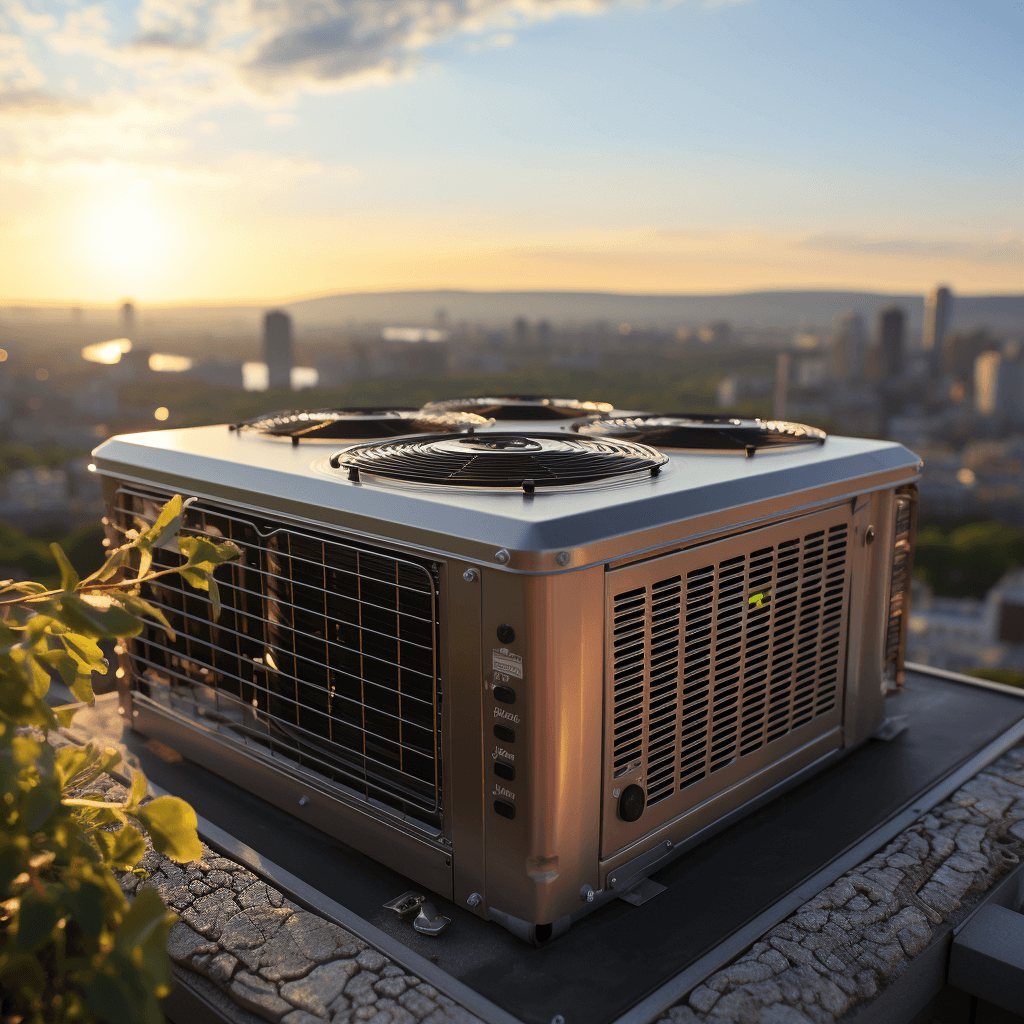Mastering Humidity and Ventilation: The Rooftop Unit System Way
In the bustling heart of Montréal, where the climate is as diverse as its culture, managing indoor air quality becomes paramount. As businesses seek optimal climate control solutions, the Rooftop Unit System stands out, especially when it comes to handling humidity and ensuring proper ventilation. But how exactly does this system rise to the challenge? Let's embark on a journey with AirGreen to uncover the intricacies of these HVAC marvels.
The Science Behind Humidity Control
Humidity, the amount of water vapor in the air, plays a pivotal role in our comfort. Too much or too little can lead to a plethora of issues, from health concerns to structural damages. Here's how the Rooftop Unit System manages it:
-
Built-in Humidistats: These devices measure and regulate the moisture level in the air. By continuously monitoring the humidity, the system can make real-time adjustments to maintain the desired level.
-
Advanced Evaporator Coils: These coils cool the air and remove excess moisture, ensuring that the indoor environment remains comfortable and free from excessive humidity.
-
Desiccant-enhanced Systems: For areas with extreme humidity, some Rooftop Unit Systems come equipped with desiccants - materials that naturally absorb moisture. This feature ensures that even in the most humid conditions, the air remains dry and comfortable.
Ventilation: Breathing Life into Commercial Spaces
Proper ventilation is crucial for maintaining indoor air quality. It helps in removing stale air, introducing fresh air, and ensuring a balanced environment. Here's how the Rooftop Unit System excels:
-
Energy Recovery Ventilators (ERVs): These marvels exchange stale indoor air with fresh outdoor air, all while conserving energy. They capture the energy from the outgoing air and use it to pre-condition the incoming air, ensuring optimal temperature and humidity levels.
-
Variable Air Volume (VAV) Systems: These systems adjust the volume of airflow based on the needs of the space, ensuring efficient ventilation without wasting energy.
-
Dedicated Outdoor Air Systems (DOAS): Specifically designed to handle outdoor air, these systems treat and deliver fresh air to indoor spaces, ensuring a continuous supply of oxygen-rich air.
Why Montréal Businesses Trust the Rooftop Unit System
Montréal's climate is a blend of cold winters and humid summers. The Rooftop Unit System's ability to handle both extremes makes it a favorite among businesses. Here's why:
-
Adaptability: These systems can be tailored to meet the specific needs of a space, ensuring that regardless of the season, the indoor environment remains comfortable.
-
Energy Efficiency: By optimizing humidity control and ventilation, these systems reduce the need for additional equipment, leading to significant energy savings.
-
Health Benefits: Proper humidity levels and ventilation reduce the risk of mold growth, respiratory issues, and other health concerns, ensuring a safe environment for occupants.
In Conclusion: The Rooftop Unit System is more than just an HVAC solution; it's a testament to engineering excellence. Its ability to masterfully handle humidity and ventilation makes it an invaluable asset for businesses in Montréal and beyond. And with AirGreen as your trusted partner, you're not just investing in a system; you're investing in a promise of unparalleled comfort and quality.

